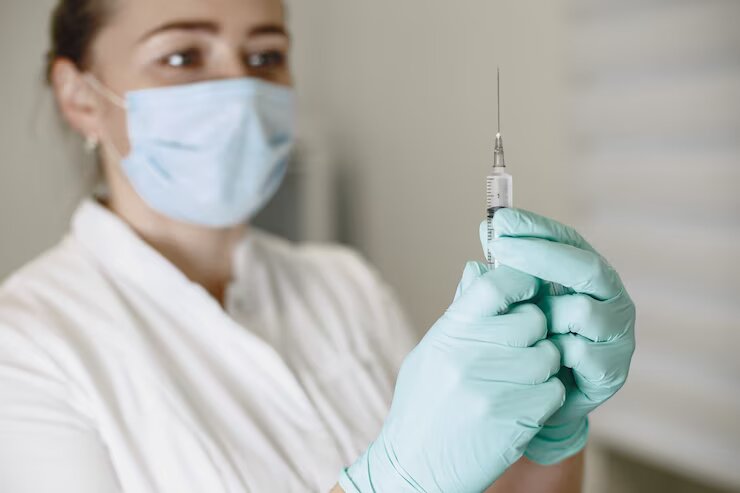Measles, a highly contagious viral disease that was declared eradicated in the United States in 2000, has made an alarming comeback. The number of measles cases continues to rise across America, and the virus has spread from one state to another. In this blog post, we will take you on a journey from Disneyland to New York City and trace how the measles outbreak has unfolded across the country. Join us as we explore how this infectious disease spreads and why vaccination is crucial for protecting ourselves and our communities against it.
The measles outbreak began at Disneyland in December 2014
The measles outbreak began at Disneyland in December 2014 and quickly spread to other parts of the country. Measles is a highly contagious disease that can be easily spread through coughing or sneezing. The outbreak at Disneyland led to over 100 people being infected with the disease, and it eventually spread to other parts of the country, including New York City. In February 2015, there was a confirmed case of measles in New York City, and by April, there were over 400 cases. The outbreak in New York City was finally contained in June 2015.
The outbreak quickly spread to other parts of California and then to other states
The outbreak of measles that began at Disneyland in December 2014 quickly spread to other parts of California and then to other states. Measles is a highly contagious virus that can spread through the air when an infected person coughs or sneezes. It can also be spread through direct contact with an infected person or by touching objects or surfaces that have been contaminated with the virus. The measles virus can remain infectious on surfaces for up to two hours. Symptoms of measles include fever, coughing, runny nose, and red, watery eyes. Measles can also lead to more serious health complications, such as pneumonia and encephalitis (inflammation of the brain). In severe cases, measles can be fatal. There is no specific treatment for measles, but it can be prevented with vaccination. The best way to protect yourself and others from measles is to get vaccinated.
Measles is a highly contagious disease and can be spread easily through coughing and sneezing
Measles is a highly contagious disease that can be spread easily through coughing and sneezing. The virus can live for up to two hours in an airspace where the infected person coughed or sneezed. Measles is so contagious that if one person has it, up to 90% of the people close to that person who are not immune will also become infected. Symptoms of measles include fever, cough, runny nose, and red, watery eyes. A few days after these symptoms begin, a rash breaks out that usually starts on the face and spreads over the entire body. Measles is dangerous for children and can lead to pneumonia, ear infections, and even death. There is no treatment for measles, but it can be prevented with a vaccine. The MMR (measles, mumps, rubella) vaccine is 97% effective at preventing measles.
Measles can be deadly, especially for young children
Measles can be deadly, especially for young children. In the United States, measles is most commonly diagnosed in children between the ages of four and six. However, infants as young as six months old are at risk for developing severe measles and may even die from the disease. Measles is also particularly dangerous for pregnant women and their unborn babies. Pregnant women who contract measles are at risk for miscarrying or delivering prematurely. Additionally, infants born to mothers who had measles while pregnant are at risk for a birth defect called congenital rubella syndrome (CRS). CRS can cause a range of serious health problems including heart defects, hearing loss, and intellectual disability.
The best way to prevent measles is to get vaccinated
The best way to prevent measles is by getting vaccinated. Measles is a highly contagious virus that can be deadly, so it’s important to take measures to protect yourself and your loved ones. The MMR (measles, mumps, rubella) vaccine is 97% effective at preventing measles. It’s important to note that the MMR vaccine is safe for most people, but there are some rare exceptions. Be sure to talk to your doctor if you have any concerns about the safety of the MMR vaccine.
Conclusion
Although measles is a largely preventable disease, the outbreak in 2015 was able to spread quickly across America due to low immunization rates and poor communication. This demonstrates the importance of public health measures like effective vaccine programs, accurate tracking systems and proper education about the risks associated with infectious diseases. By understanding how an outbreak can start small and grow so quickly, we can be better prepared for future outbreaks and ensure that everyone is protected from harm.




